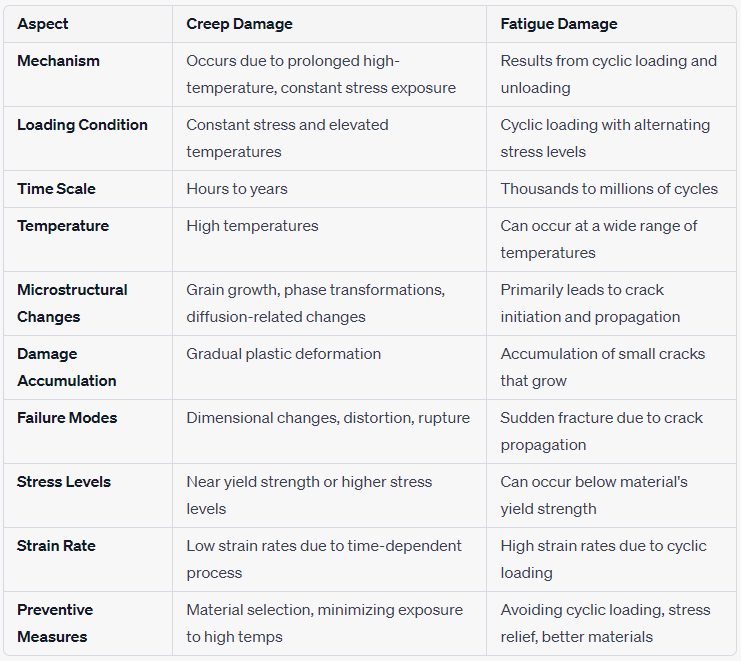Piping Vibration and Leakage - Practical Case Advise
- matintegrity
- Jan 17, 2023
- 4 min read
A client has reached out for advice on performing on-stream inspections at their live process plant. The plant processes a corrosive chemical and the client is concerned about the potential for corrosion damage to the pipes. They have noticed leakage from some pipes, and have observed vibration and swaying in the piping system. They were looking for an initial guidance on what types of on-stream inspections should be performed, and how they can use on-stream inspections to maintain operation of the unit and reduce the need for unnecessary shutdowns.
The request was to provide an example plan for on-stream inspections, including the specific inspection techniques that should be used, the equipment and personnel required, and the expected outcomes of the inspections.
We would recommend the following steps for on-stream inspections at the client's process plant:
Vibration and sway analysis: The first step in the inspection process should be to conduct a vibration and sway analysis of the piping system. Vibration and sway analysis is used to identify abnormal vibration or swaying in the piping system. This can be caused by issues with the design or fabrication of the pipes, or problems with the supports, hangers, and anchors. Vibration and sway analysis is typically done using accelerometers and other sensing devices that are placed on the pipes. The data collected can be used to identify any abnormal vibration or swaying, which can indicate issues with the design or fabrication of the pipes, or problems with the supports, hangers, and anchors. These devices measure the amplitude and frequency of the vibration, and the data is analyzed to identify any abnormal vibration or swaying.
Below are example pictures


Leak detection: The next step should be to conduct a leak detection survey of the piping system. Leak detection is used to identify leaks in the piping system. Leak detection is typically done using ultrasonic leak detection equipment, which uses high-frequency sound waves to detect leaks. The equipment can detect leaks both coming from the pipes and onto the pipes. Leakage can indicate holes in the pipes or leaks from unobserved sources, such as beneath insulation.
Below video explains example application of Ultrasonic Leak Detection Instrument
Thermal imaging: Thermal imaging inspections should be performed to detect issues such as pluggage, maldistribution of flow, wet insulation, breakdown of internal insulating refractory, and malfunctions of heat tracing. Thermal imaging can provide valuable information about the condition of the pipes, and can be used to identify potential corrosion mechanisms.
Below is an example thermograph of A clogged steam pipe.

Pipe rollers and slide plates: Pipe rollers and slide plates are used to support and guide the pipes as they expand and contract due to temperature changes. The inspector should check the pipe rollers and slide plates to ensure that they operate freely. If they don't, this can indicate issues with the design or fabrication of the pipes, or problems with the supports, hangers, and anchors. Motion amplification techniques can be used in such case. A motion amplifier is a device that amplifies the motion of a mechanical system, such as a pipe, by using mechanical linkages to transfer motion from a small, low-amplitude input to a larger, high-amplitude output. This technique can be used to detect vibration in piping systems by amplifying small vibrations that may be difficult to detect using traditional vibration monitoring methods.
Below is an example video of motion amplifying technique used to detect vibration
due to improper piping support system.
Extent of replacement: On-stream inspection allows an inspector to define the extent of replacement necessary and have replacement piping fabricated before the shutdown. This can help to minimize the amount of time required for shutdowns, and can reduce the cost and disruption caused by the replacement of pipes.
To perform these inspections, Mat Integrity would recommend the use of specialized inspection equipment such as ultrasonic thickness gauges, ultrasonic leak detection equipment, thermal imaging cameras. We would also recommend a team of trained and experienced inspection technicians to carry out the inspections. The expected outcome of these inspections would be to identify any issues or potential issues with the pipes, such as corrosion, and to provide recommendations for addressing these issues. This plan can help increase the run length of the unit and reduce the need for shutdowns.
Don't let leaks, vibration and corrosion issues disrupt your live process plant operations. Take proactive action with an on-stream inspection plan tailored to your specific needs. Subscribe and Share your case or even general questions with us for advice and solutions. We love are passionate of sharing knowledge.
It's important to keep in mind that the safety of the personnel should be the top priority during the inspections and that all the safety protocols should be followed. It's also important to note that the client shall be informed about the progress of the inspections and any issues or concerns that are identified as well as provided with a final report that includes the inspection results and recommendations for addressing any issues that were identified.
Please let us know feedback by selecting from below choices:
Have you found this useful for your plant
Yes
No
I need more information in this case
I need advice on other case
You can vote for more than one answer.






Comments